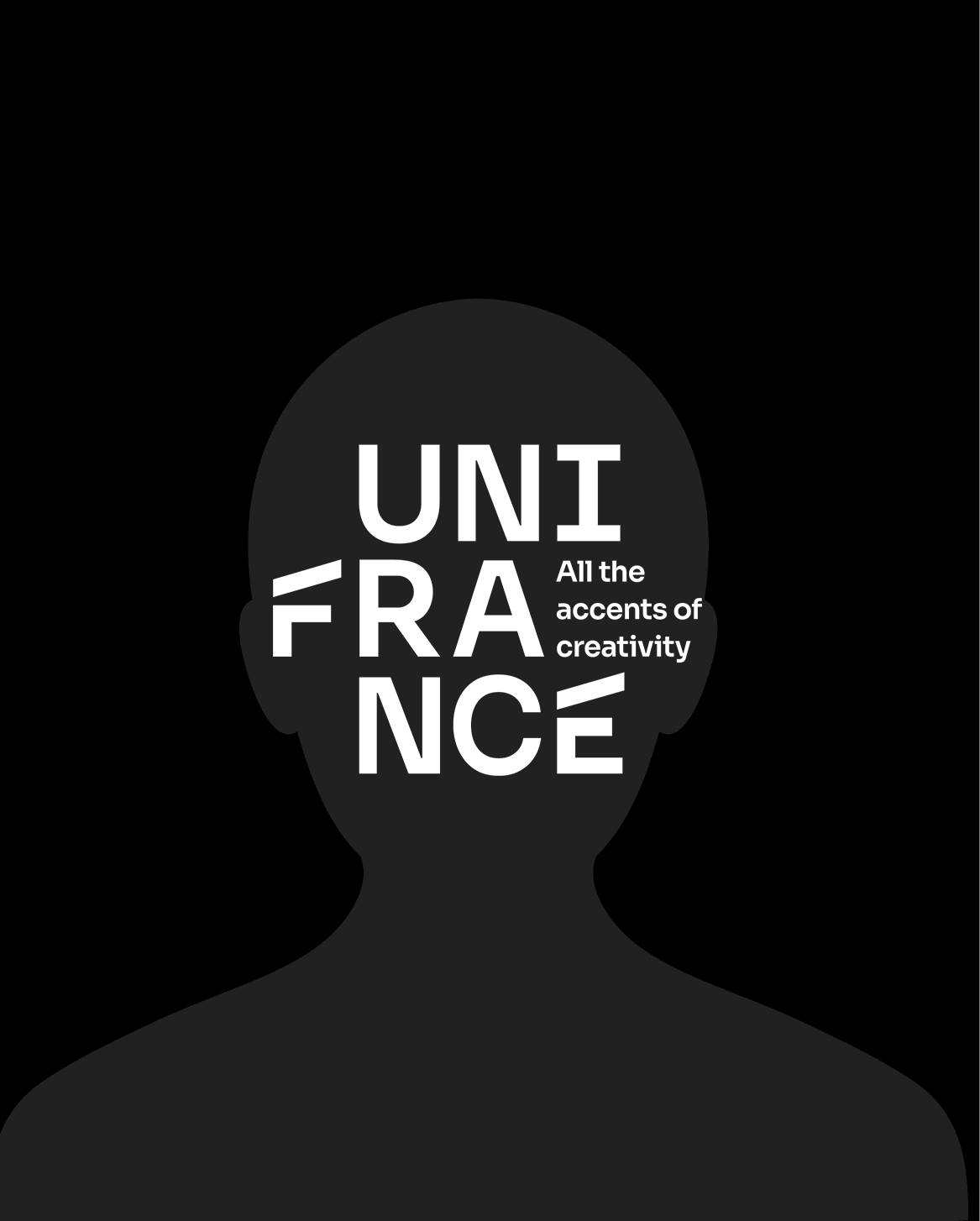あらすじ
パリの場末--近代建築のアパート群の一角に汚れた殺風景な空地がある。親たちは日々の生活に追われ、子供をかえりみない。十六歳の美少女ダン(ダ ニエル・ゴーベール)を首領とするラッキイ(モーリス・カファレリ)やババール(ジャン・ルイ・ブラ)、ふうてんらのグループは工場の廃墟に隠れ家を作 り、掟に従って行動していた。日曜日に金もなく映画をみられぬ連中は、均一ストアで盗みを働き、それを古物商(R・ルザッフル)に売った。彼は少年らを何 んとか正しい生活に戻そうと意見した。ある日、少年院を脱走したマルセルが隠れ家にやってきた。彼は少年らを味方につけ、ダンを追い出した。マルセルは ラッキイの勤めているガソリン・スタンドを襲う計画をたてた。ところがドタン場でラッキイが逃げたため、計画は失敗、マルセルは姿を消した。怒ったふうて んはラッキイを殺すといった。ダンに好意を寄せるババールも狙われた。一方、家を飛出したラッキイは古物商にかくまわれて、そこで相思相愛のダンと結ば れ、他所での新生活を誓いあった。二人の仲を知り、愛犬をふうてんらに殺されたババールは自殺した。ラッキイはふうてんに決闘を挑んだ。激しい殴りあいが 続いた。ラッキイは勝った。かけつけたダンとラッキイはしっかり抱きあった。古物商は去り行く二人を暖かくみつめた。
Source : movie.goo.ne.jp
クレジット
監督 (1)
俳優 (21)
映画製作・配給会社 (5)
- 製作代表 : Gray-Film
- 海外製作作品 : Jolly Film
- Associate producer : Les Films Rive Gauche
- Film exports/foreign sales : Editions René Château
- フランス国内配給 : Cinédis
クレジットタイトル詳細 (13)
- 製作代表 : René Chevrier
- Adaptation : Marcel Carné, Henri-François Rey
- フォトディレクター : Claude Renoir
- 作曲家 : Michel Legrand, Francis Lemarque
- Assistant directors : Alain Jessua, Michel Ayats
- Editors : Henri Rust, Marguerite Houllé-Renoir
- Costume designer : Antoine Mayo
- 原作者 : Hal Ellson
- 撮影技師アシスタント : Gilbert Chain
- 製作部長 : Paul Temps
- スクリプト : Odette Lemarchand
- 美術装飾 : Paul Bertrand
- 演出助手 : Jean Pieuchot
この映画を見る
Watch 広場(ひろっぱ) in VOD
| Platforms | Model | Price | Quality |
|---|
Sorry, your search returned no results.
| Platforms | Model | Price | Quality |
|---|
Sorry, your search returned no results.
| Platforms | Model | Price | Quality |
|---|
Sorry, your search returned no results.
| Platforms | Model | Price | Quality |
|---|
Sorry, your search returned no results.
技術面詳細
- タイプ : 長編映画
- ジャンル : フィクション
- サブジャンル : 人生ドラマ
- テーマ : 思春期, 軽犯罪
- 言語 : フランス語
- 出身 : フランス, イタリア
- Original French-language productions : 不明
- 製作国 : 大部分フランス (フランス, イタリア)
- 製作年 : 1960
- フランス公開 : 09/11/1960
- 上映時間 : 1 時間 43 分
- 経過状況 : 公開済み
- ニュメロ·デ Visa : 23354
- ビザ発行日 : 04/11/1960
- CNC助成 : 不明
- 生産のフォーマット : 35ミリ
- カラータイプ : 白黒
- Audio format : モノラル
興行収入・公開作品
テレビ放送
このコンテンツは登録ユーザー専用です。
会員登録はお済みですか?コンテンツを見るにはログインしてください。
ニュース&アワード
About
Partly as a result of the hammering that Carné had received from opinionated critics in the mid-1950s, Terrain vague received very mixed reviews when it was first released. Admittedly, the film has its flaws – the plot is a tad contrived and has a tendency to slip into melodrama every so often – but, in its favour, it is a pretty accurate representation of how things were at the time, and has something of the uncompromising starkness seen in contemporary Italian neo-realist films – notably Pasolini’s Accattone (1961).
Marcel Carné’s direction and Claude Renoir’s cinematography are anything but démodé and vividly evoke the rough, precarious world in which the unloved, alienated protagonists live. Working with so many inexperienced actors is always a gamble, but Carné gets the best out of his young cast, and the result is a film that is thought-provoking, poignant and, at times, shocking (with its overt suggestions of incest and teenage rape). The film’s two principal setting – the blocks of cheap apartments with their interminable staircases and the ruins of an old factory – provide apt visual metaphors for the world in which the socially excluded youngsters live and their far from appealing future: an ordered life of soulless drudgery or a freer life of squalor, crime and deprivation.
Both Marcel Carné’s Terrain vague and François Truffaut’s Les 400 coups remain surprisingly relevant to this date. The problem of juvenile delinquency has not gone away and, if anything, only appears to show signs of increasing as the traditional family unit rapidly becomes a thing of the past. Both films are worth watching, but it is Terrain vague which more forcefully encapsulates the situation and is more likely to prompt the spectator into engaging with what is becoming one of the most important social issues of our time.
© James Travers 2008-2011













































